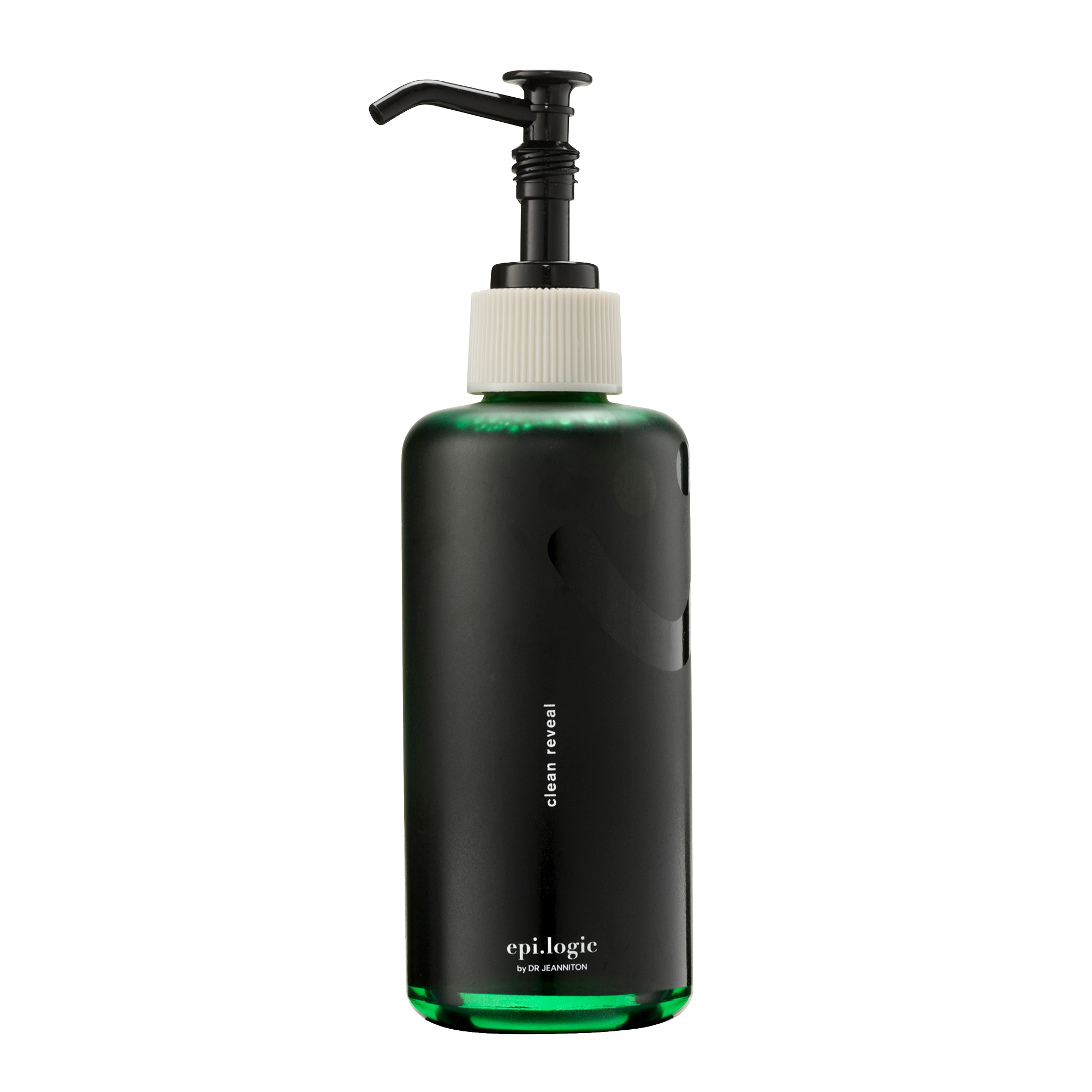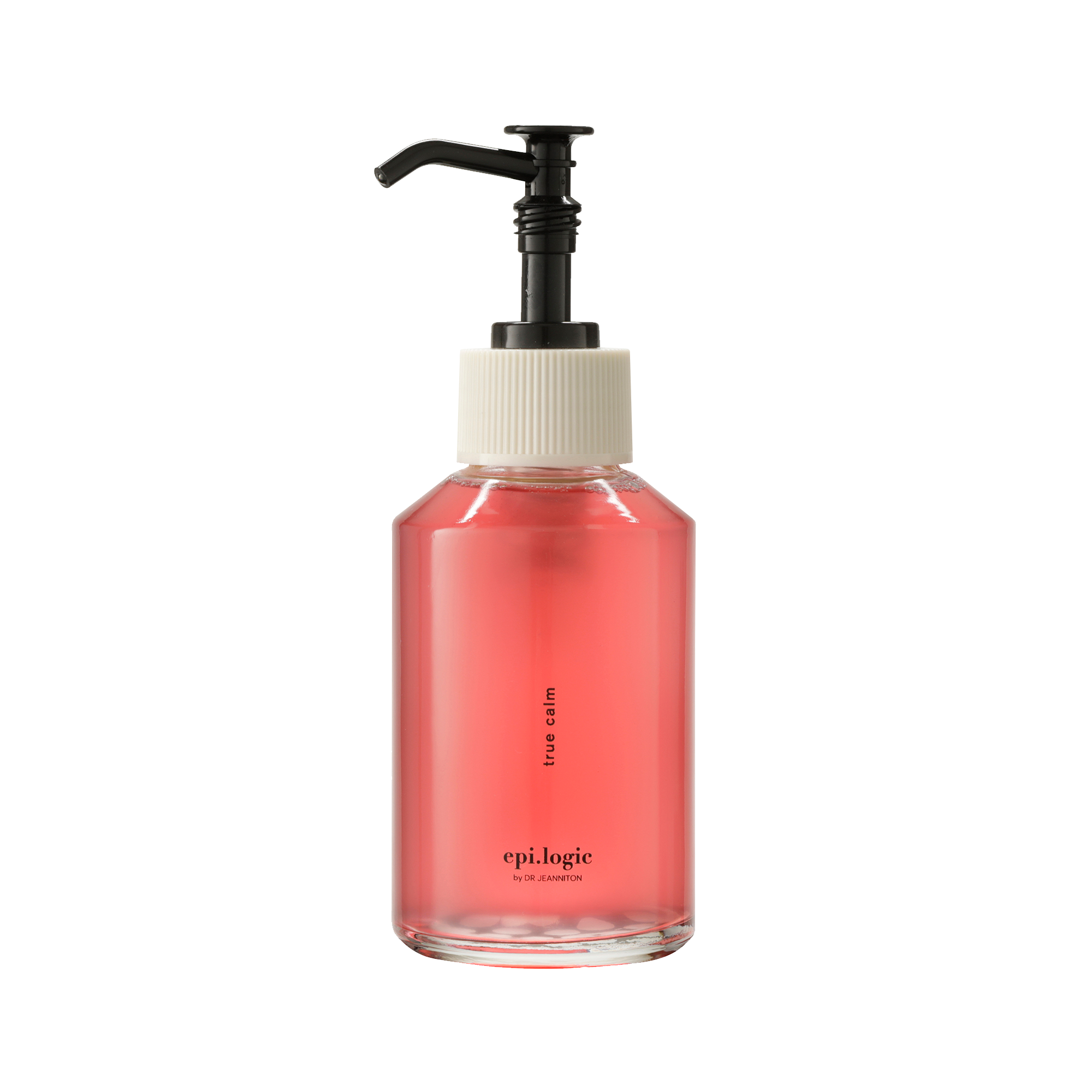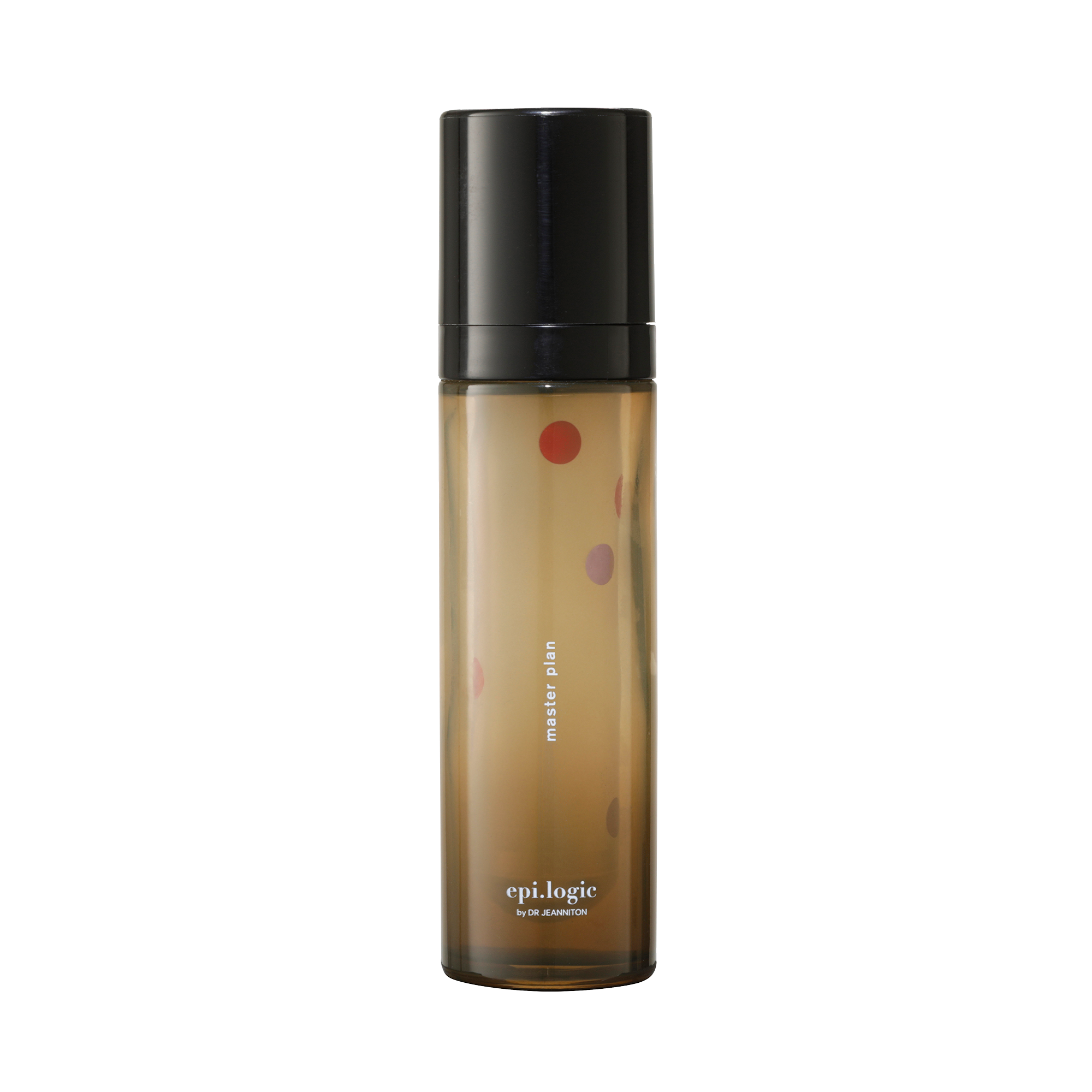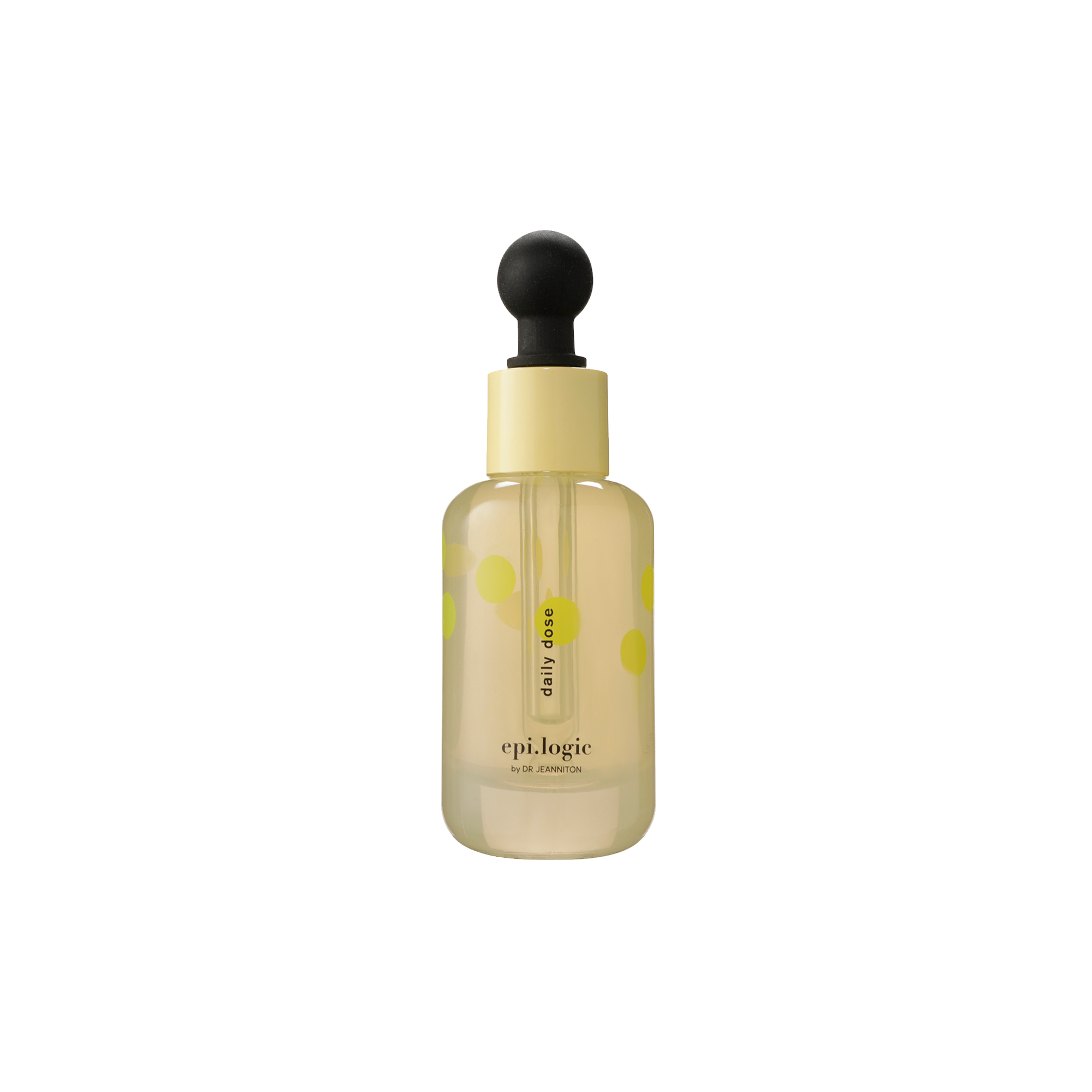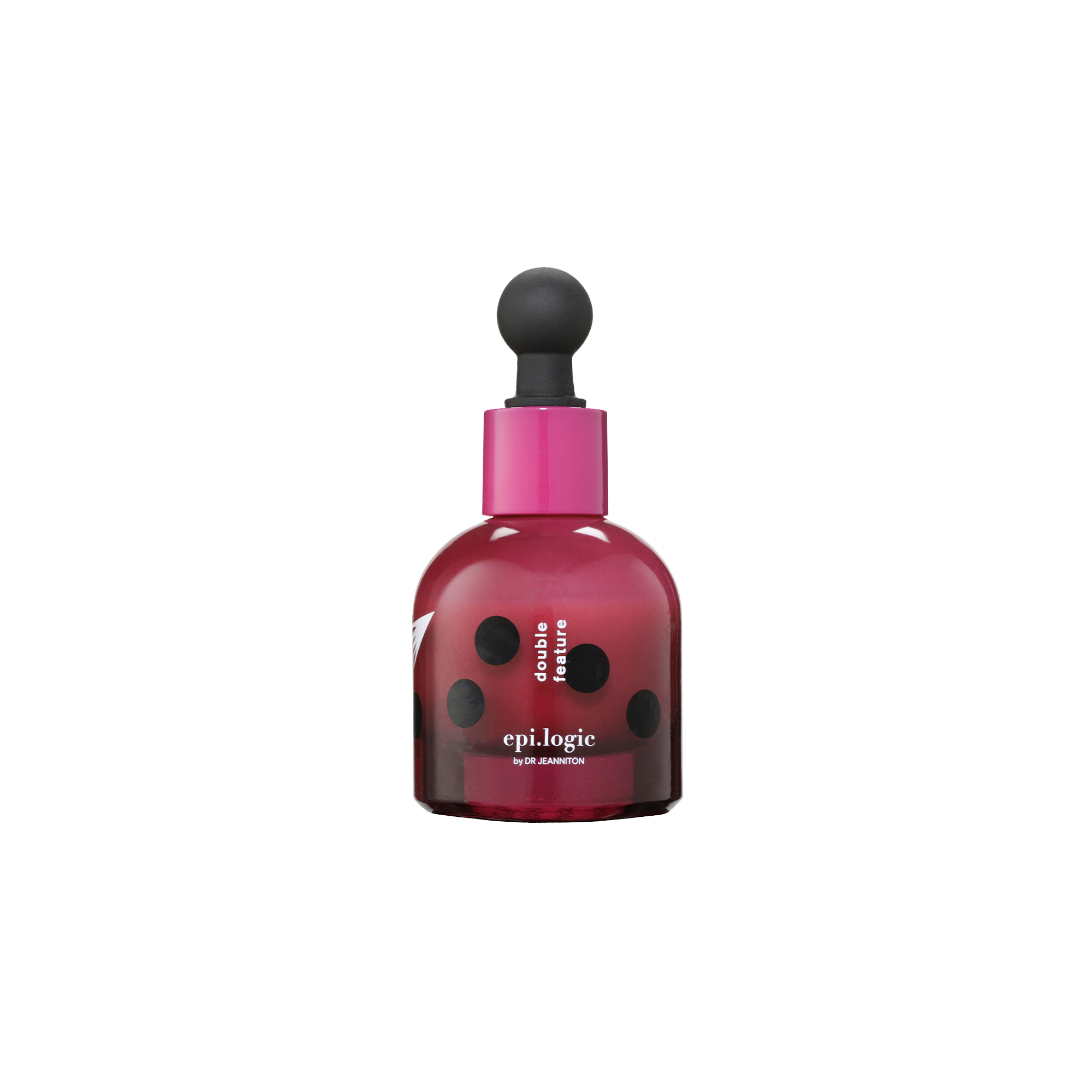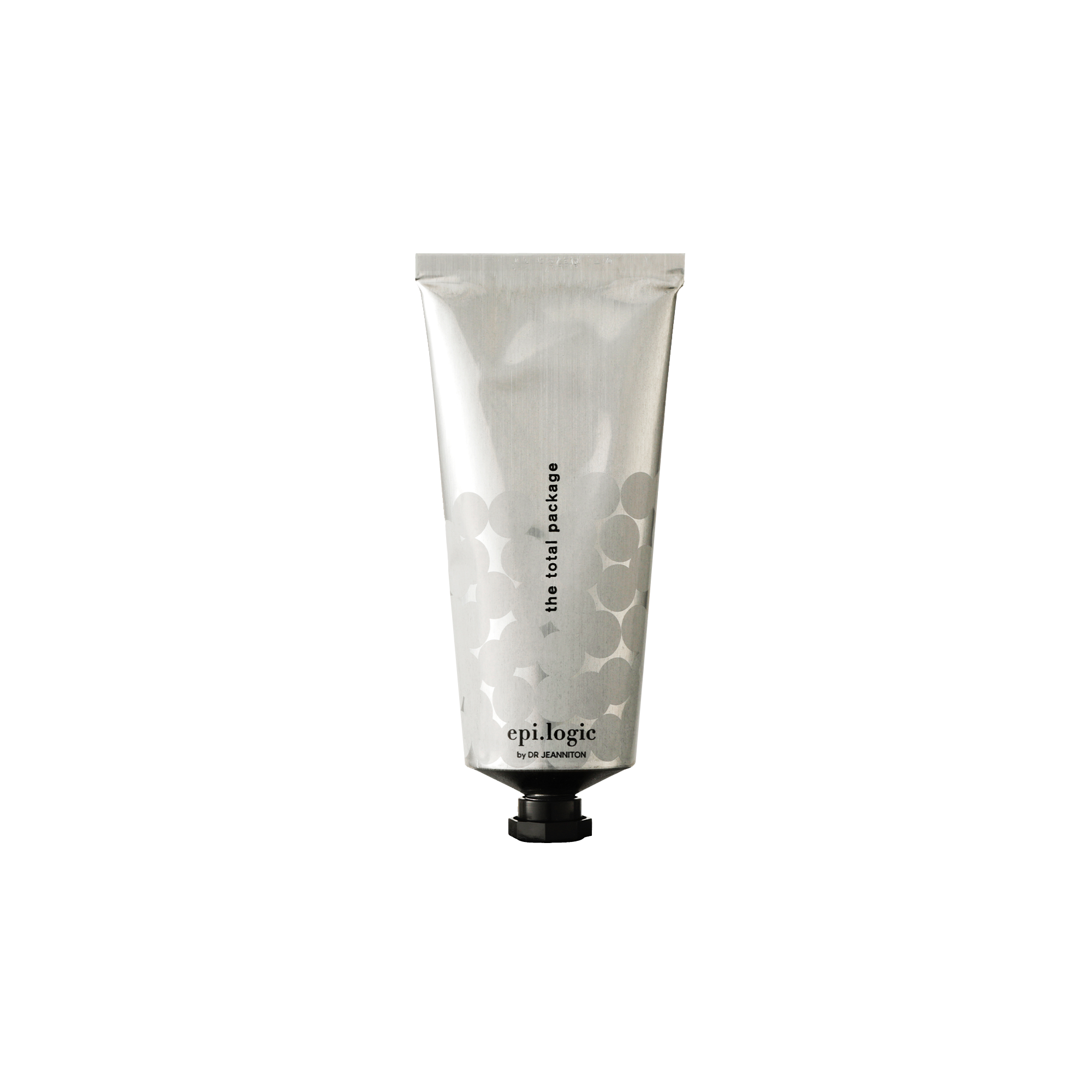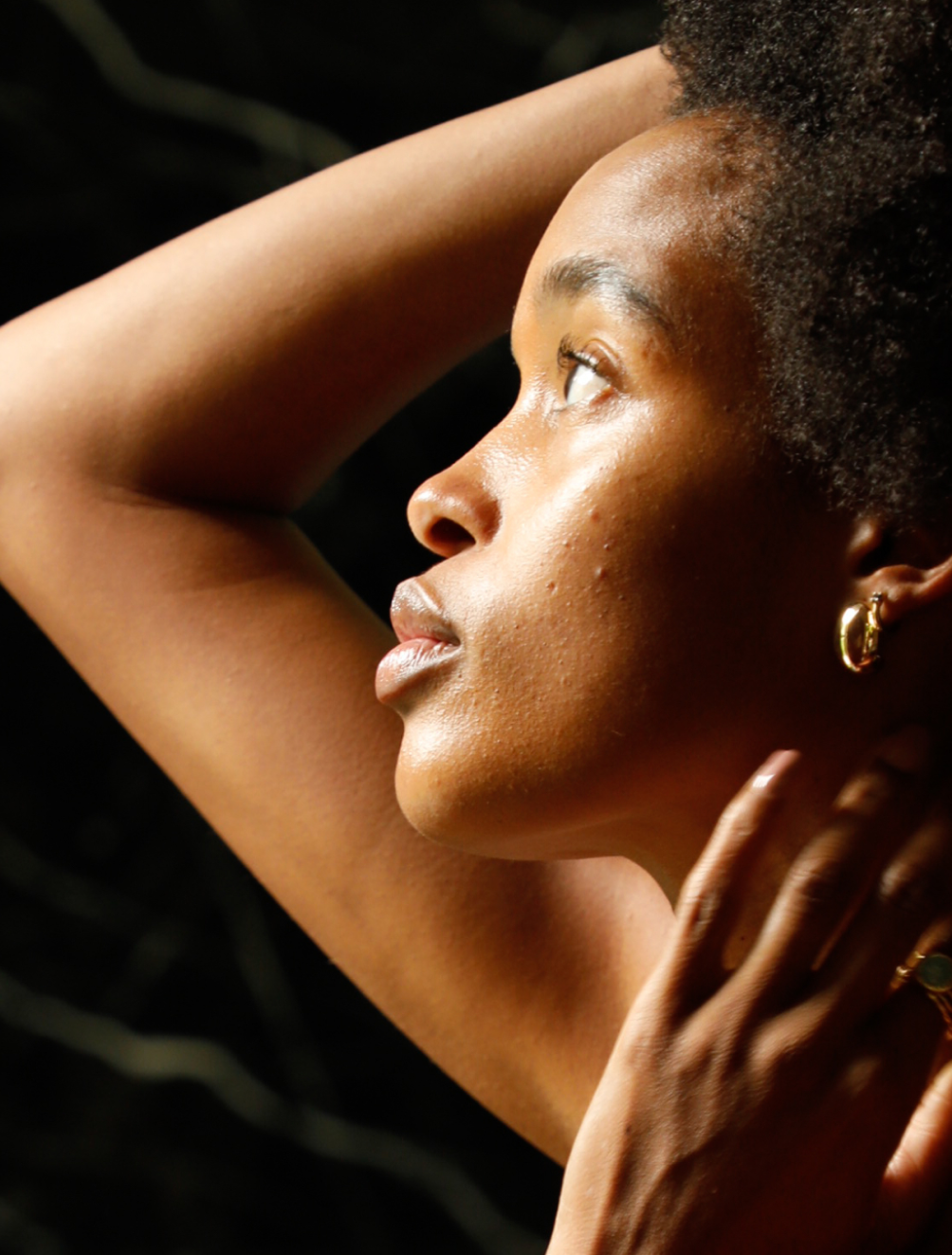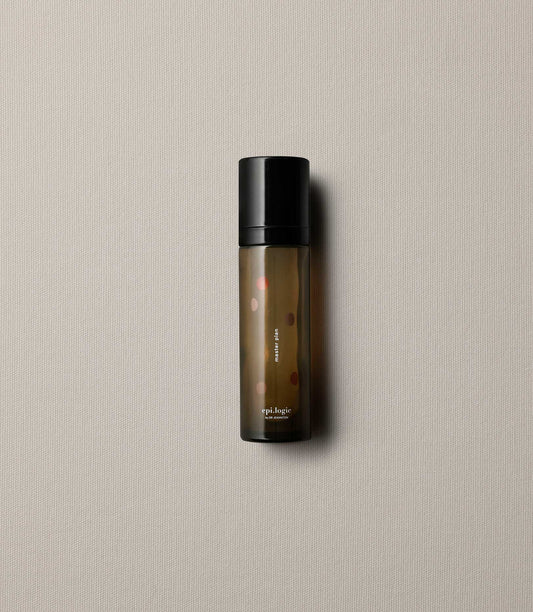Clinical results abound in skincare, but what exactly do those figures represent? Here’s a primer on helping you unpack clinical data and what you should keep in mind when presented with this info to be a well-informed skincare consumer.
CLINICAL RESULTS IN SKINCARE
We want to believe skincare is performing as promised, especially since it can be difficult to tease apart science from pseudoscience based marketing. The reality is, some findings are backed by data, while others are murky. Here is our breakdown of the two most common ways of testing skincare — consumer studies and clinical trials — and an exploration of how we navigated that landscape for testing Master Plan.
CONSUMER PERCEPTION TESTS
Simply speaking, consumer perception tests are surveys. The survey is given to participants who have been using a product for an equal amount of time, and assesses whether they agree or disagree with a series of statements.
Those answers are then compiled and translated into claims about what percentage of users liked the way a product felt on their skin or what percentage thought their skin improved after using the product.
Essentially, a consumer perception survey is feedback based on reporting of users’ experiences with a product. While this can be helpful data, know that your mileage may vary if participants in the study group don’t have much in common with your skin type, age, or skin condition.
CLINICAL TESTING
Clinical testing on the other hand, relies less on participants putting thoughts to paper and instead is performed in a clinical environment and takes scientific measurements of the skin. Studies are typically performed for anywhere between 4 - 12 weeks with measurements and/or pictures being taken at “baseline” (the start of the study, before the product being tested is used on the skin) then at regular intervals until conclusion of the trial.
During the clinical trial, participants following a protocol are seen regularly by research staff to monitor their results and to determine the effectiveness of the products. Depending on the study goals, a brand might also follow a control group of people who are not using the product and compare the results with the people who are.
There are standardized factors that can be measured in a clinical study, such as:
- Skin moisture levels
- Skin texture/roughness
- Skin clarity
- Hyperpigmentation (where there are darker spots on the skin)
- Skin laxity
- Fine lines and wrinkles
- Skin dullness and luminosity
HOW EPI.LOGIC APPROACHED CLINICAL TESTING FOR MASTER PLAN

We opted to use both consumer perception studies and clinical trials for testing Master Plan. A third party lab was contracted to perform the testing on our behalf and the experience was eye-opening for us both in terms of the data generated and the process of getting the study up and running. From the outset, we felt strongly that we wanted a wide range of skin tones represented and explicitly specified this when designing the study protocol. We were surprised to hear that a diverse range of skin tones would be difficult (!) to gather and therefore, we had to run our clinical trial in two separate cohorts to ensure an inclusive participant pool.
That experience got our wheels turning. Since our patients at Brooklyn Face & Eye are at the heart of our community and have always been the inspiration for creating epi.logic, we decided to include them in our testing efforts. We ran a series of case studies through the practice, where we provided a group of volunteers with a six-week supply of Master Plan and followed their progress via photos, videos and surveys throughout their experience.
THE RESULTS!
Now let’s get to the good stuff.
For our clinical studies, we enrolled 33 females between the ages of 40-65 years in general good health, representative of all skin tones to determine if epi.logic Master Plan improves skin firmness and improves the moisturization of the skin after 4 weeks of product use.
Here’s what we learned:
- 94% agree, product made skin feel immediately more hydrated after use
- 88% agree, product made skin feel hydrated all day
- 91% agree Master Plan made their skin look and feel more firm.
- 88% agree Master Plan visibly refined skin texture.
- 85% agree skin feels smoother and is visibly more radiant
- 85% agree the skin feels more elastic
- 76% agree, product left the skin looking more lifted and tightened
- Skin firmness and elasticity are improved by 36% in only 4 weeks
- Skin hydration improved by 49% in only 4 weeks
*For the skin geeks, a corneometer was used to measure skin hydration and a cutometer was used to measure skin firmness.
Visit our Case Studies section on the Master Plan page to see a selection of those results.
THE TAKEAWAY
We opted for a comprehensive approach to clinical testing we’re extremely proud of – we utilized third-party run consumer perception surveys and clinical trials but also included members of our community in our efforts to deliver robust clinical proof. Above all, this echoes epi.logic’s aim of improving the standards of inclusivity in clinical testing and clinical skincare.
Too much to digest? Hit us up with your questions: hello@epilogicskincare.com

